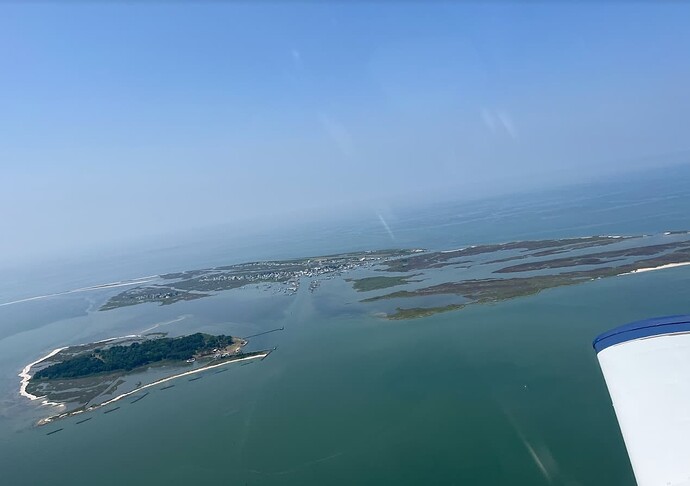@Michail71 Everything @CharlieFox00 said above in his posts is absolutely spot on.
On the matter of flying clubs, you should exercise extreme caution if you decide to go that route. I’ve been a member of several over 23 years of flying. I’ve had some good experiences and some really bad ones, especially regarding maintenance.
I’ve had engines that refused to start because the previous pilot ran them at full rich for hours on end and completely fouled the plugs, and another that dumped all its oil on taxiway right after start. I’ve had alternators fail in flight (multiple times), and one battery grounding strap break, at night, which killed all power in the entire plane. That was a fun landing, let me tell you, with no lights and no radios. If you get your PPL invest in a hand held comm radio. Worth its weight in gold!
My point is that flying clubs may be attractive from a cost perspective, but look very carefully at the maintenance logs for the planes they have that you’re interested in flying (and even the ones you’re not). See how many “inop” items they let them be flown with and the condition of their props and interiors. That will tell you a lot about how much the club owners care.
A lot of flying club planes tend to live on a cycle of sitting for long periods with no maintenance, and then being run hard for an hour or two. This is a terrible combination for aircraft part longevity. Renting from schools is generally much less risky. Flight school planes are usually run at least once a day, sometimes several times, and most of the time flown with instructors who are catching student mistakes and both practising and teaching mechanical sympathy. Schools also have to follow stricter inspection and maintenance schedules, and some good ones go even beyond that.
Climate also matters here. Aircraft last longer in very dry climates, and fall apart very quickly in humid ones. I’d avoid clubs located right next to salt water bodies entirely, unless they have absolutely stellar maintenance programs.
I’ve had enough eye opening experiences with clubs now that I would choose to rent from a school every time, even if it costs more, if I am only able to fly a few dozen hours a year.
If you find you truly love flying, and can afford to fly 50-100 hours a year or more, then I think a much better long term financial option is a fractional ownership share with one or two other people you trust. It’s like a tiny flying club, except the airplane is available 90% of the time when you want it, and you know exactly who has been flying it and how careful they are, and its precise maintenance history. Even better is a fractional share of a popular ‘experimental’ category plane, like one of the Vans RV series.
That will allow you to learn a lot more about maintaining an airplane and to understand exactly how everything fits and works together, making you a much better pilot in the process, and drastically reduce maintenance costs over time as you are able to do more minor inspections and maintenance yourself. I did this with an RV7A for six years and absolutely loved it. My first annual on that plane cost me $3500, as I didn’t know how to do anything. My last annual on it was $700. I was able to do about 70% of the work myself, with a mechanic only needing to double check it. With a certified aircraft you will pay through the nose on everything, every time. With any fractional share though it is advisable for the partners to have a shared emergency account with at least $10,000 in it. Stuff just happens!
Definitely go for a familiarization flight and if you love it then go for the PPL. Even if you don’t use it that much, it’s quite a unique and joyous life experience to have. It’s worth it.
Good luck!
![]()
